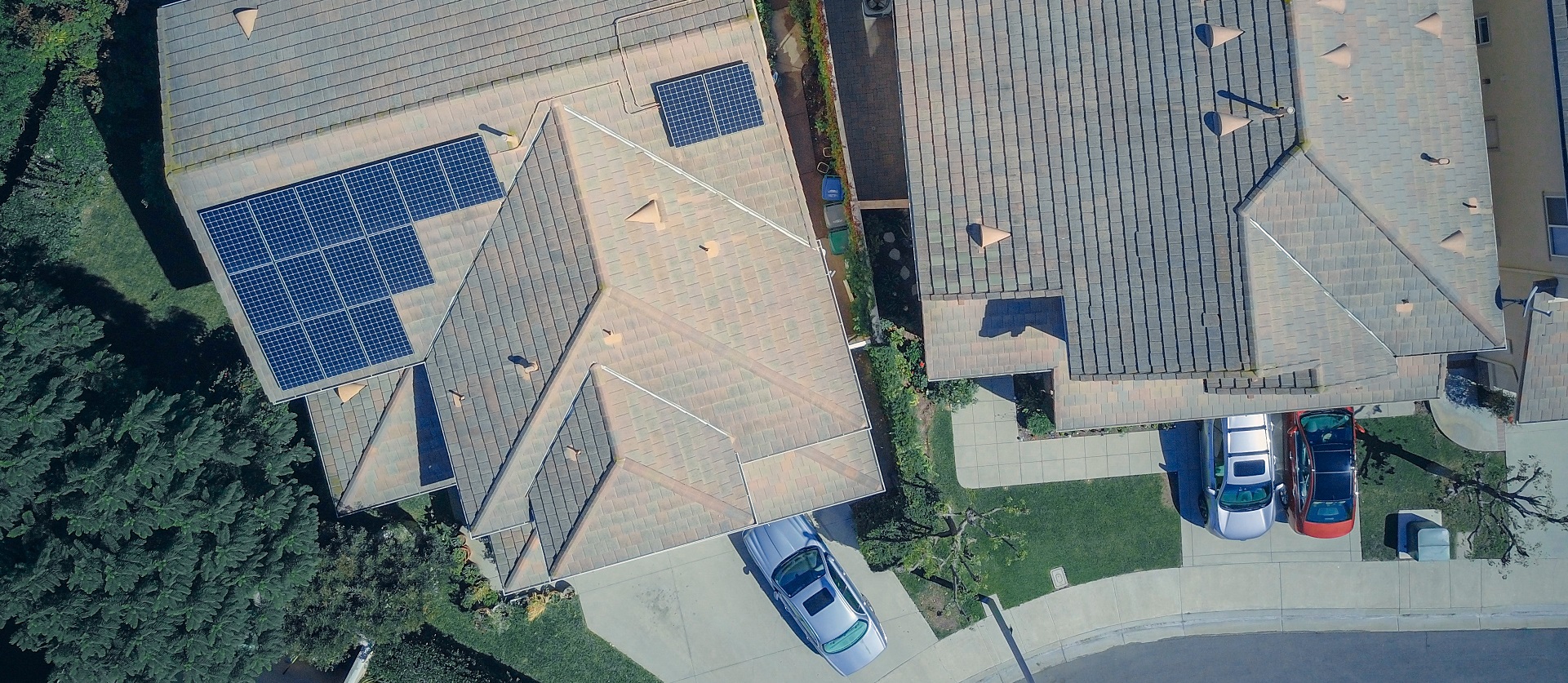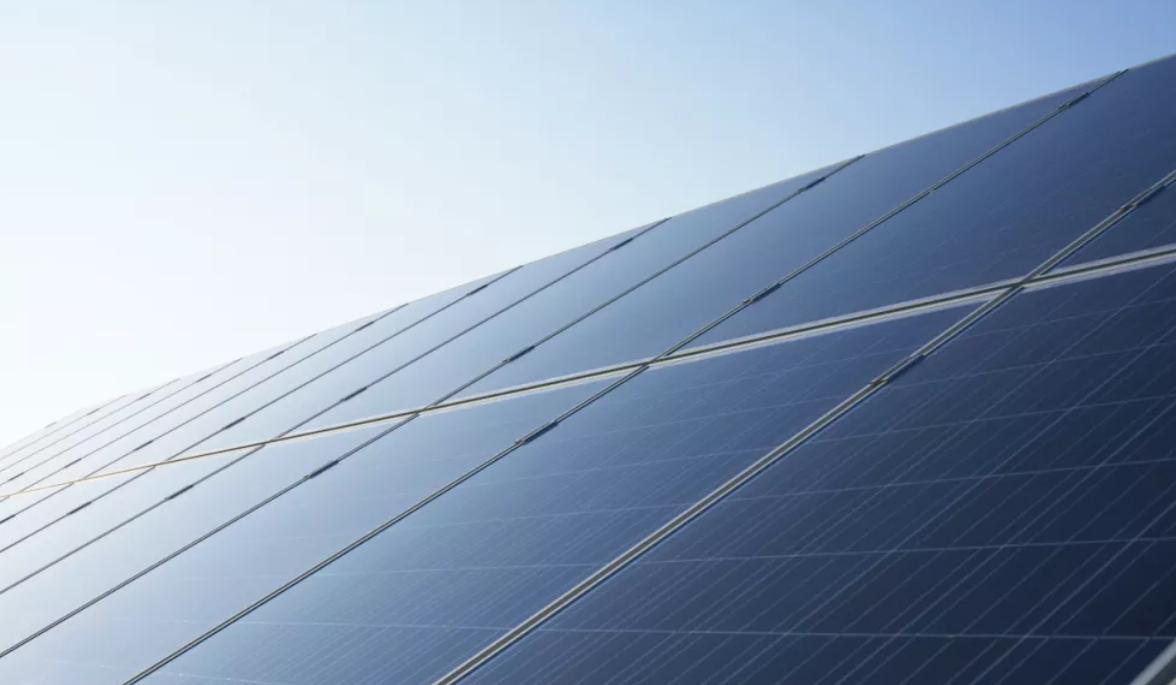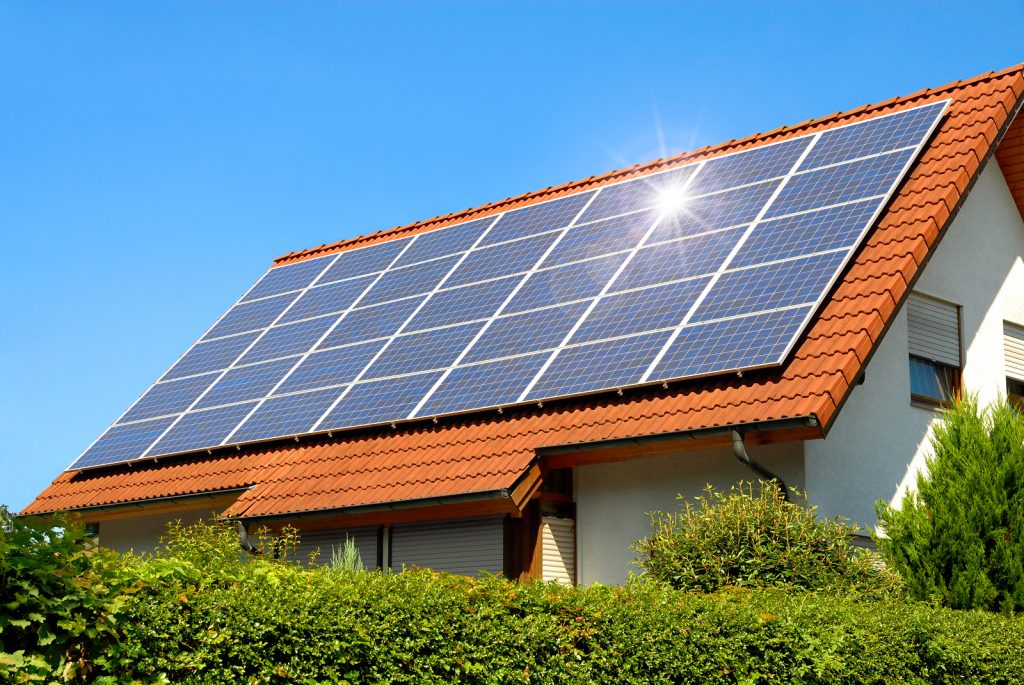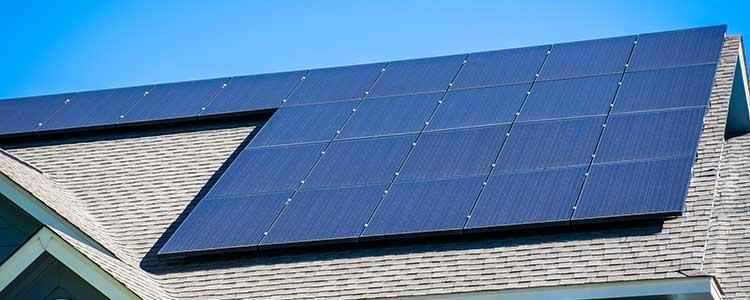How to Understand and Compare Your Solar Energy Quotes
September 29, 2022
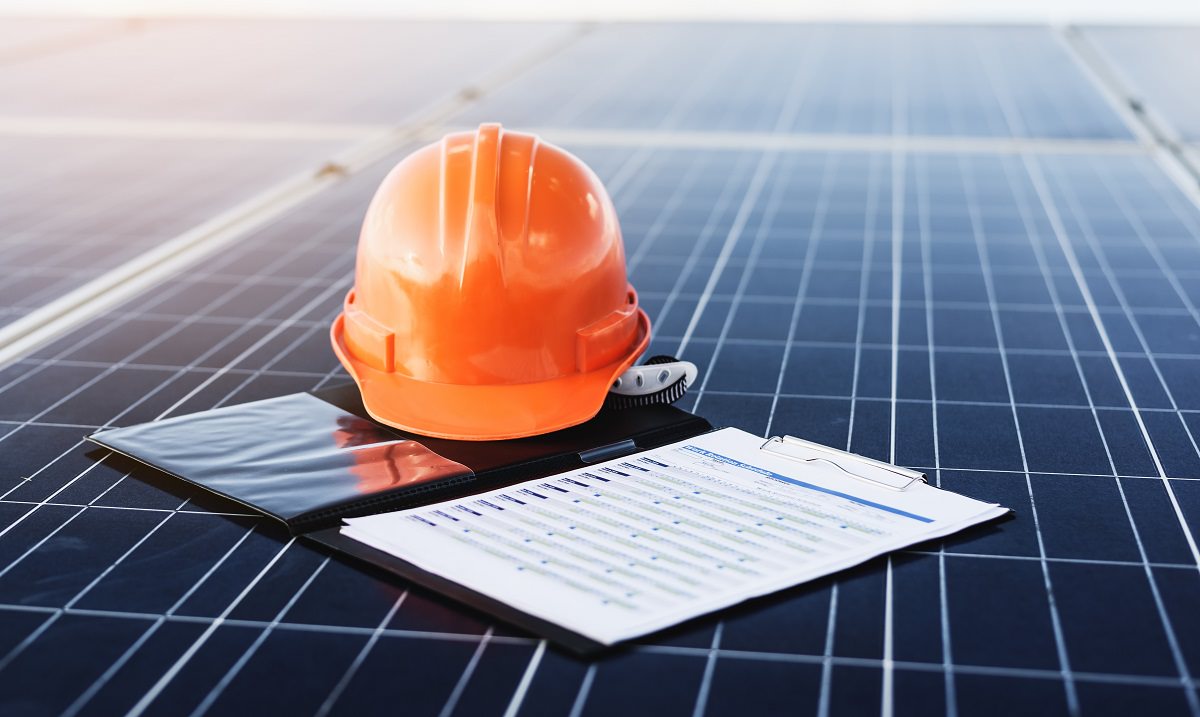
You’ve made the decision to switch to solar power. How would you rate your proposition? It is essential to have faith in your installation before making an investment in solar energy.
Asking the correct questions of the appropriate people will help you learn. Here are some pointers for reading and comprehending your solar proposal:
Gross Solar System Price Before Incentives
Your solar system’s price should include all fees associated with turnkey service, such as design, interconnection costs, permits, installation, supplies, warranties, and inspections. Incentives like the federal renewable energy tax credit and the rebate program are not guaranteed, thus they should be put after the overall cost of the solar array.
To maximize the return on investment in clean, renewable energy, the focus should be on energy consumption that is offset, even though larger or smaller arrays can be changed to match a specific budget.
Solar Array Size
In direct current, solar panel arrays are often measured in kW. (DC). The number of panels multiplied by each one’s wattage yields the DC nameplate rating. For instance, 1,000 watts, or 1 kW, would be produced by four 250 watt panels. The size of the system influences how many kilowatt-hours (kWh) of electrical output it will generate over time.
The ideal system size depends on your objectives, your electricity needs, your accessible space, and how your utility reimburses you for surplus energy produced.
Cost in Dollars Per Watt
Calculating the cost per watt is a quick and easy approach to assess how much you are spending for your solar energy production capability. To achieve this, multiply the price you will pay before any incentives by the wattage of the entire array. A 10kW solar array, for instance, would cost $2.80 per watt for a gross cost of $28,000.
Also Read: The Cost of Solar Panels: Is It Worth It?
Solar as an Investment
Proposals typically present how to evaluate the investment in terms of:
- Payback Period (measured in years): How long does it takes for the benefit of the investment to cover the cost?
- Estimated Savings Over Time (measured in dollars): the amount of money you won’t spend on electricity because of your solar system over the course of the lifetime of the system
- Return on Investment [ROI] (measured in percentage points): the benefit of the investment divided by the cost results in a percentage that can be used to compare it with other investments.
While it may be tempting to concentrate on the payback term, it is more important to remember that this purchase is an investment that pays you back over the course of the 25-year guarantee period and continues to generate savings beyond that. The value of your solar investment can be evaluated more effectively using ROI.
Electricity Costs and Escalation Assumptions
Ensure the utility price per kWh reflects what you pay your utility for electricity. You can verify this by dividing the overall kWh from an electric bill by the total price of the electricity less any fixed charges. Also, ensure the proposal reflects the price your particular utility would pay you for any excess electricity generated by your interconnected solar array.
Beware of overstated escalation rates because they could overstate the benefit of your investment (by inflating your anticipated savings). According to the US Energy Information Administration, the national average escalation rate over the last 20 years is 2.3%. As NC average electricity costs are >15% below the national average, we use a utility escalation rate of around 3%. An escalation rate greater than 4% warrants a conversation with the prospective installer.
Also Readl : All You Need To Know About Solar Panel Warranties
Production and Consumption
Your proposal will estimate your future annual energy usage and the proposed solar system’s yearly production. Your annual consumption should be informed by past use and any anticipated changes such as adding a solar car charger, upgrading to an energy-efficient HVAC system, or expanding your home or business. The solar system’s production should factor in any shading, and for roof-mounted systems, the orientation and pitch at which the panels will be installed.
Trust
Solar power is a major investment, and choosing an installer takes careful consideration. Trustworthy contractors should be licensed and insured. In the solar industry, look for industry credentials like NABCEP certifications. Be mindful of how long a company has been in business and, when possible, go local.
Go Solar & get smart energy
Related Articles:


